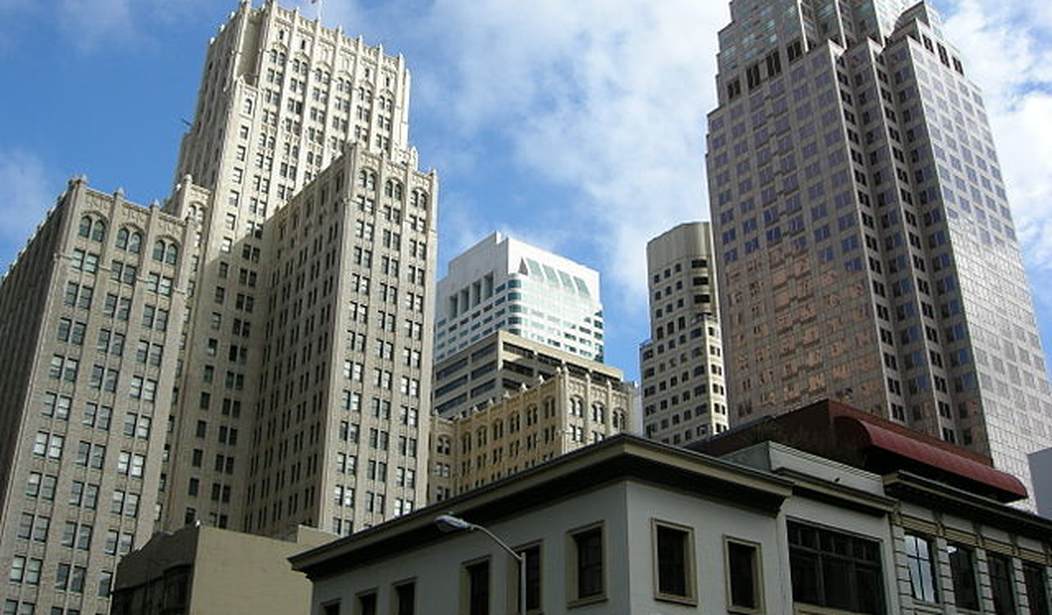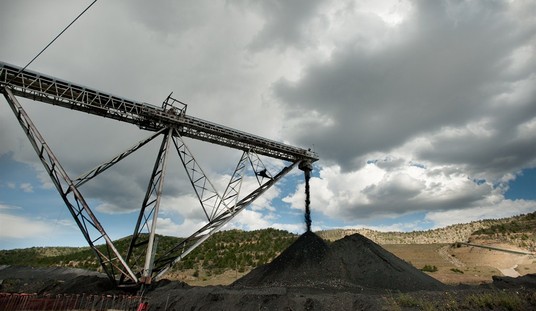More than three years ago, non-essential federal workers began to work remotely as a result of public health policies. Those policies turned out to be extreme and almost completely unnecessary for healthy adults in the workforce.
But as private sector employers have already discovered, trying to get workers back into the office has been a battle. The result is hollowed-out cities, as the heart of America’s urban landscape has been ripped out.
Gleaming office towers are at 70-75% occupancy and restaurants and bars are closing, while property values plummet. NPR explains:
An unraveling of the office sector spells trouble not only for banks that are owed an estimated $1.2 trillion in outstanding office loan debt, but also for countless small businesses that depend on white-collar customers as well as cities that benefit from the property taxes tied to office buildings.
It’s a troubling development for the commercial real estate industry at a time when the U.S. economy is already showing signs of stress and maybe even a recession.
Defaults and foreclosures are on the horizon for a lot of the $1.2 trillion commercial loan debt. This could put a lot of strain on regional banks — already under severe strain — who hold a lot of that commercial paper.
Cities like San Francisco and Los Angeles are seeing homeless people and drug dealers move into the central city, further driving down office building values. Joe Biden believes that the federal government should set the example for the rest of the country and force federal employees to go back to in-person work.
“As we look towards the fall, and with the end of the COVID-19 public health emergency, your agencies will be implementing increases in the amount of in-person work for your team,” wrote White House Chief of Staff Jeff Zients in a memo obtained by Axios.
“We are returning to in-person work because it is critical to the well-being of our teams and will enable us to deliver better results for the American people,” Zients said in the email, according to Axios. “This is a priority of the President — and I am looking to each of you to aggressively execute this shift in September and October.”
The political pressure on the White House to curb remote work has included demands from Republicans in Congress, who have blamed telework for delays and backlogs in agencies’ work.
Democrats, advocacy groups and some unions have largely blamed lack of funding for such issues and cite telework as a key tool in recruiting staff.
Some senior administration officials never fully moved to D.C., including former Labor Secretary Marty Walsh.
What they’re saying: In her third inaugural address in January, D.C. mayor Muriel Bowser raised alarm bells about the city’s rising number of vacant office spaces.
“We need decisive action by the White House to either get most federal workers back to the office most of the time or to realign their vast property holdings for use by the local government, by nonprofits, by businesses and by any user willing to revitalize it,” she said.
I’m sure you’ve heard of the “doom loop” — a phenomenon that threatens the entire U.S. economy with Armageddon-like destruction.
The big worry goes like this: COVID-19 leads to remote work, which leads to companies shedding office space, which pushes office vacancy rates to all-time highs, which leads to loan defaults and reduced property and sales tax revenues, which in turn accelerates disinvestment, crime, homelessness and other ills. People flee, and central business districts become ghost towns.
San Francisco is the deeply depressing Exhibit A of this phenomenon, a formerly vibrant and prosperous real estate market that has been shedding hotels and seeing major retail and office space fall fallow. In a recent commentary, the editorial page editor of the St. Louis Post-Dispatch made a similar, compelling case about downtown St. Louis falling into a downward spiral, not least because of pro-gun and other anti-urban policies imposed by Missouri state lawmakers hostile to the city.
There is a hardcore subset of workers who see remote work as a quality-of-life issue. It represents more time to spend with spouses and kids, and many like the freedom that remote work gives them.
While remote work may be good for some workers, for others it represents isolation and an inability to interact with co-workers. Cooperative projects suffer and the esprit that develops when a team works together is lost.
Biden sending federal workers back to the office won’t solve the problem, but it will certainly be a good start in nudging workers back to the office. Whether it’s in time to save most American cities from the fate of San Francisco is unknown. As it stands now, some cities are already beyond redemption.










